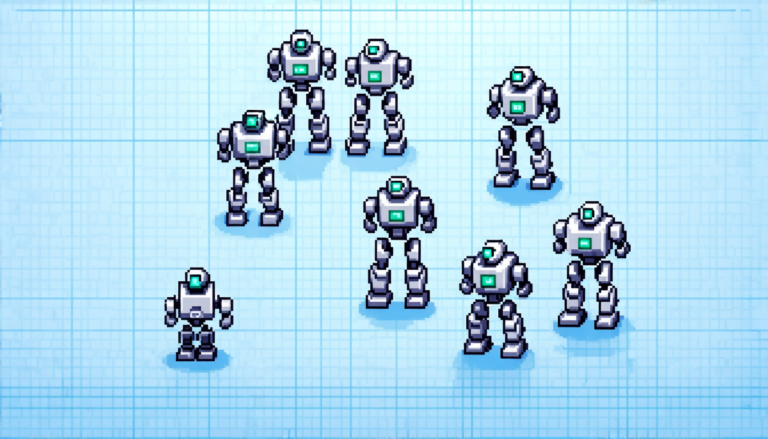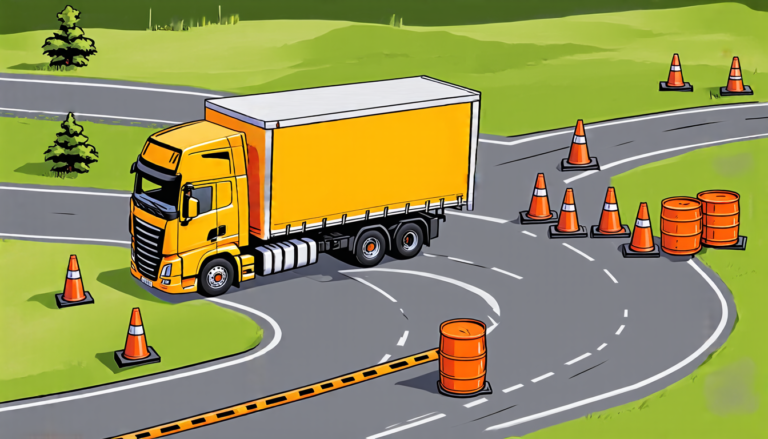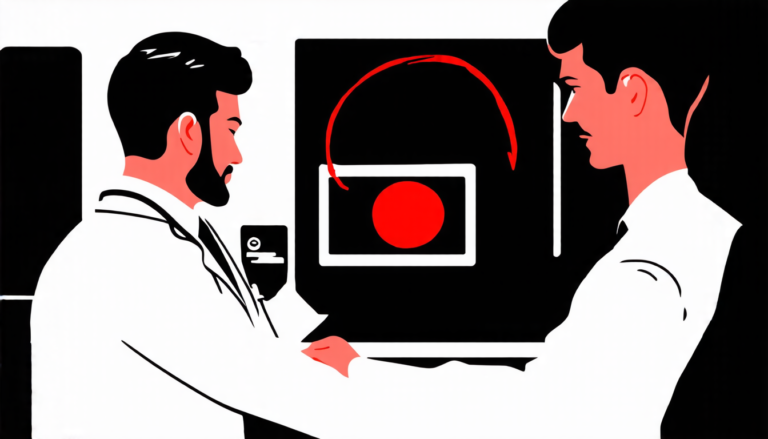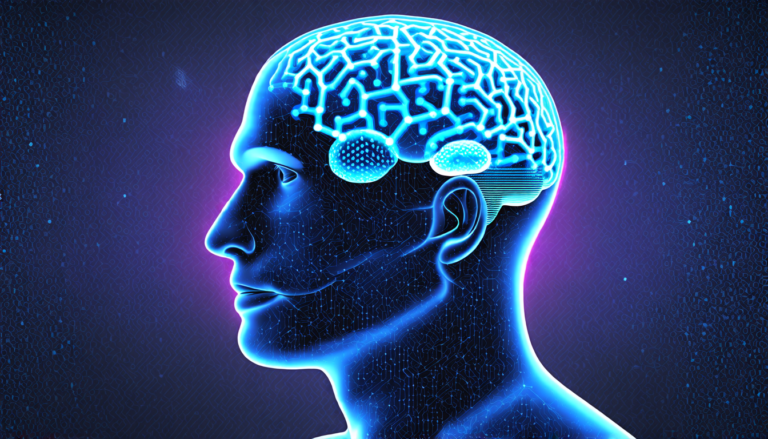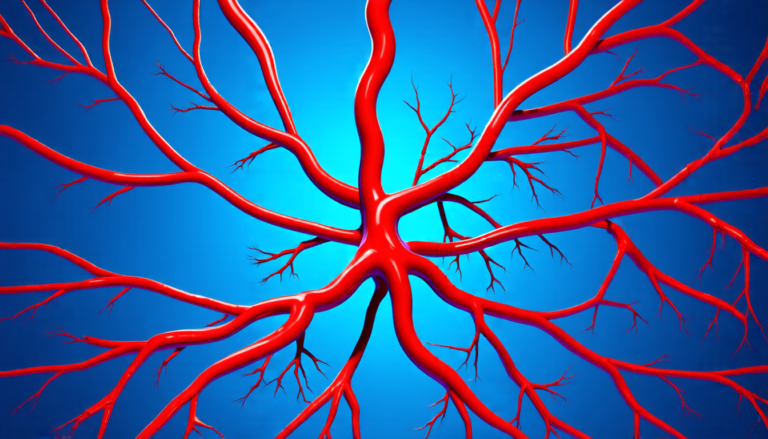Wednesday 16 April 2025
Researchers have made significant strides in developing a novel approach to generating high-quality animal pose estimation data, revolutionizing the field of computer vision. The new method, dubbed AP-CAP, is designed to produce realistic and diverse images of animals in various poses, allowing for more accurate training of machine learning models.
One of the primary challenges facing researchers in this area is the lack of annotated data, which hinders the development of reliable pose estimation algorithms. Traditional methods rely on collecting large amounts of labeled data, a process that can be time-consuming and expensive. AP- CAP addresses this issue by generating synthetic data using a combination of three strategies: Multi-Modal Animal Image Synthesis Strategy (MF- AISS), Pose Adjustment-based Animal Image Synthesis Strategy (PA-AISS), and Caption Enhancement-based Animal Image Synthesis Strategy (CE-AISS).
The MF-AISS component uses a neural network to generate images of animals in various poses, while the PA-AISS strategy adjusts the original pose of an animal to create new and diverse images. The CE-AISS component leverages advanced diffusion models to reconstruct image content guided by textual semantics. By combining these strategies, AP- CAP is able to produce high-quality synthetic data that is both realistic and varied.
To evaluate the effectiveness of AP-CAP, researchers constructed a large-scale dataset called MPCH, which includes images of various animal species in different poses. The results show that AP- CAP significantly improves the performance of pose estimation models, achieving an average improvement of 2% in mean average precision (mAP).
The significance of this research lies in its potential to advance the field of computer vision and artificial intelligence. By providing high-quality synthetic data, AP-CAP can enable researchers to develop more accurate and reliable machine learning models for a range of applications, from animal behavior analysis to wildlife conservation.
In addition to its practical implications, AP-CAP also demonstrates the power of interdisciplinary collaboration between computer vision and natural language processing experts. The integration of these two fields has led to the development of innovative solutions that can be applied to a wide range of problems.
The future of this research holds much promise, as it has the potential to revolutionize the way we analyze animal behavior and interact with the natural world. As our understanding of computer vision and machine learning continues to evolve, it is likely that AP-CAP will play an important role in shaping the course of scientific inquiry and discovery.
Cite this article: “Revolutionizing Animal Pose Estimation: A Novel Framework for High-Quality Synthetic Data Generation”, The Science Archive, 2025.
Animal Pose Estimation, Computer Vision, Machine Learning, Synthetic Data Generation, Image Synthesis, Neural Networks, Diffusion Models, Natural Language Processing, Interdisciplinary Collaboration, Wildlife Conservation


